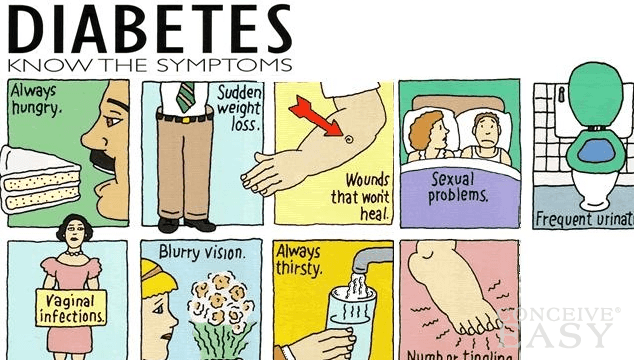Smoking
releases a molecule known as norepinephrine, which triggers blood
vessels to constrict, or narrow. When the already small
vessels in the foot constrict, oxygen and the cells that fight
infection and aid in healing are unable to reach tissues. Each
cigarette smoked has been shown to cause oxygen levels to fall and
remain low for 30 to 50 minutes. This is of great concern in those
with a foot wound or incision after surgery, in which blood flow and
oxygen are vital to skin healing.
Each
cigarette contains more than 4,000 natural and synthetic chemicals. Some of these
chemicals include carbon monoxide, methanol (which is found in rocket
fuel), ammonia, and nicotine. Nicotine has been shown to
decrease the molecules that are responsible for growth of new blood
vessels and development of osteoblasts, or bone building
cells. Carbon monoxide further contributes to the decrease in
tissue oxygen caused by vessel constriction, by taking oxygen away
from the molecule it is normally transported in in the blood. It
is for these reasons that quitting smoking is imperative for
individuals with foot problems. Studies have shown that there is
a 2.7 times higher risk of bone not healing in smokers compared to
non-smokers undergoing foot surgery.
Prior to foot surgery
involving bone, smoking should be stopped at least 6 weeks prior to
the procedure if possible and then take that opportunity to stop smoking indefinitely.
In
individuals with diabetes or other disorders affecting their blood
vessels, smoking is even more dangerous.
Pressure ulcers develop when sensation is
diminished and the normal feeling of pain associated with a
wound is not present. Tissue healing is impaired and there is a
heightened risk of infection developing. Combined with smoking, such
risks are furthered increased. Individuals with diabetes who
notice a foot wound, whether they are smokers or not, should contact
their podiatrist immediately. Early treatment can prevent infection
and worsening of the wound that can potentially lead to a need for
amputation. Bill’s story in the smoking ad is a scary one,
but by sharing it he may be able to prevent others from suffering a
similar fate of amputation.









